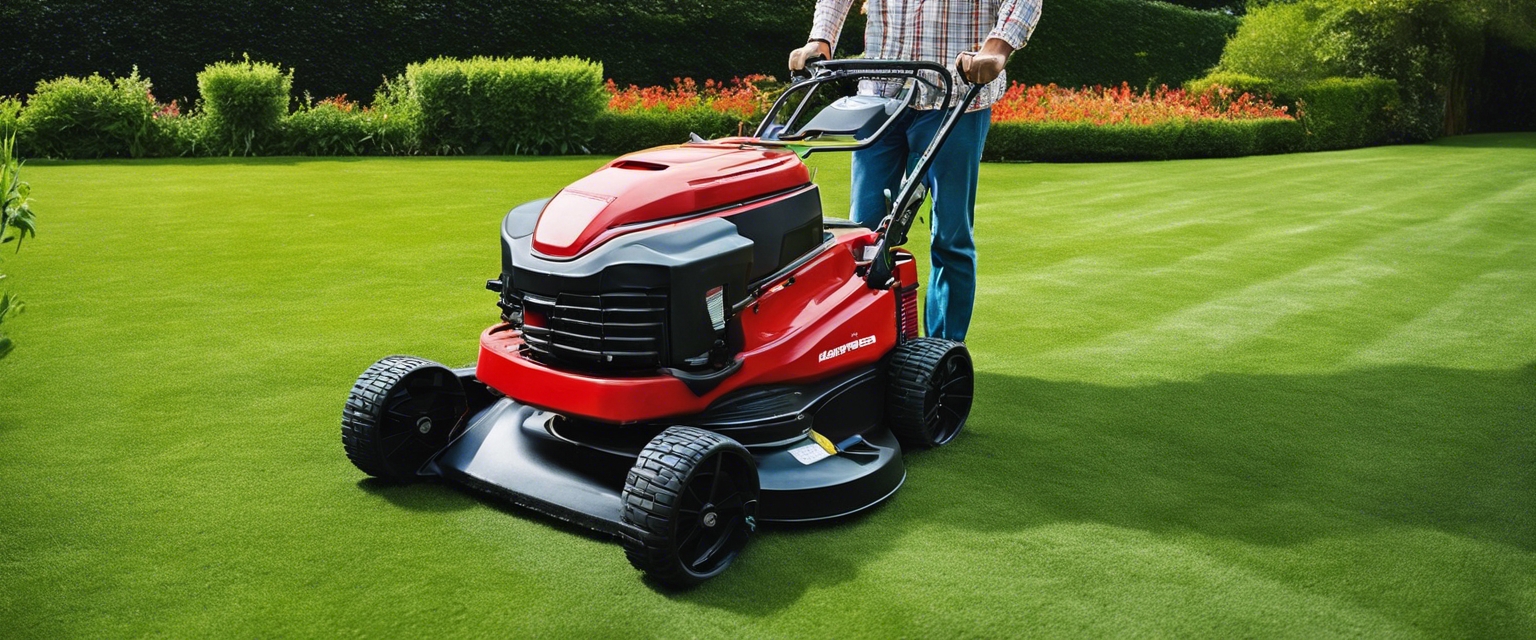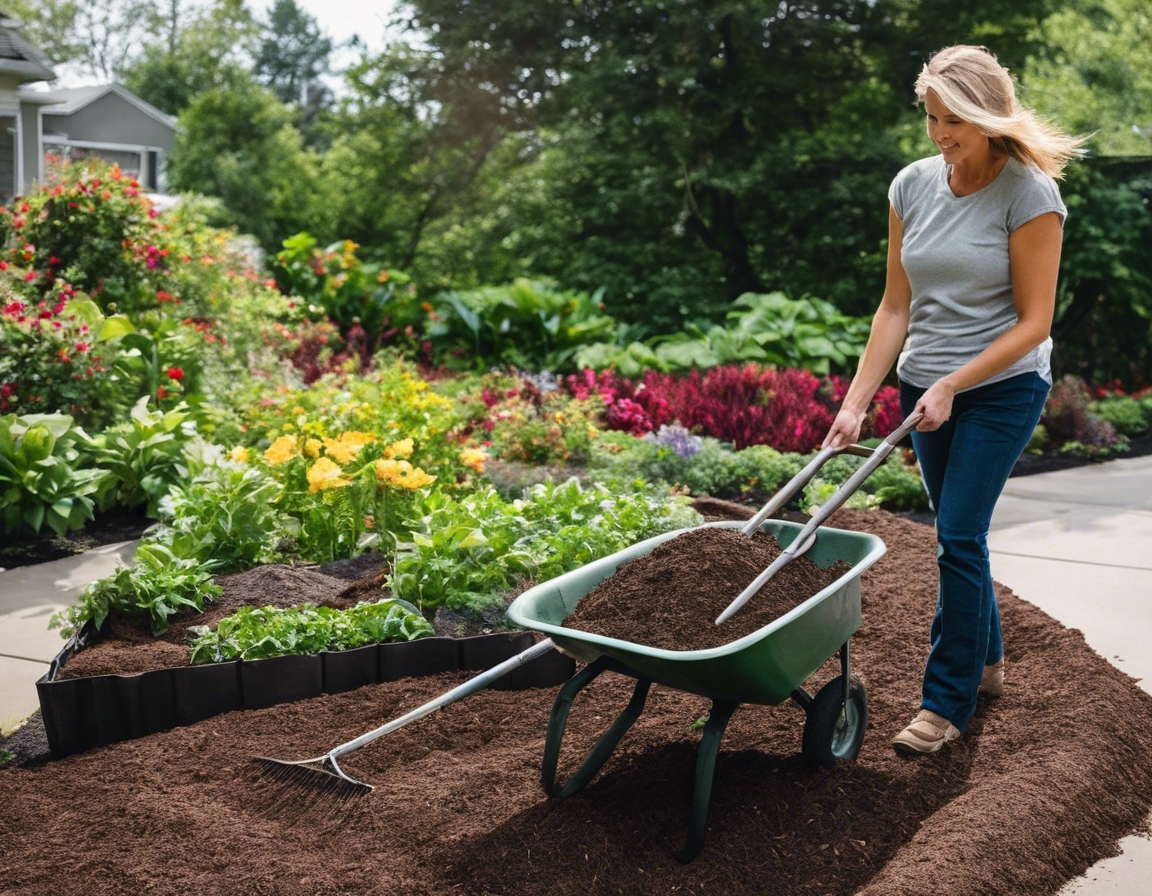5 tips for eco-friendly landscaping
As we become more aware of our environmental impact, sustainable landscaping practices have moved from a niche interest to a crucial aspect of outdoor space design. Eco-friendly landscaping not only supports the local ecosystem but also provides a natural solution to many of the environmental challenges we face today.
Eco-friendly landscaping offers numerous benefits, including reduced water usage, lower maintenance costs, and enhanced property value. It also contributes to biodiversity, improves air and soil quality, and creates a healthier environment for both people and wildlife.
Tip 1: Utilize Native Plants
Native plants are adapted to the local climate and soil conditions, making them more resilient and easier to maintain. They require less water and fewer chemicals, supporting a more sustainable ecosystem.
When selecting native plants, consider the specific conditions of your area, such as sunlight, soil type, and moisture levels. Consult with local nurseries or landscaping professionals to choose plants that will thrive in your environment.
Tip 2: Implement Water Conservation Strategies
Efficient irrigation systems, such as drip irrigation or soaker hoses, can significantly reduce water waste. Timing your watering for early morning or late evening can also minimize evaporation.
Drought-resistant plants require less water and are ideal for creating a low-maintenance, sustainable landscape.
Tip 3: Reduce Chemical Use
Organic alternatives can nourish your landscape without the harmful side effects of synthetic chemicals. Compost, mulch, and natural pest deterrents are effective and environmentally friendly options.
IPM is a holistic approach to pest control that minimizes the use of chemicals. It involves monitoring pest populations, using natural predators, and creating barriers to prevent pests from entering your garden.
Tip 4: Promote Biodiversity
Incorporating a variety of plants, water features, and nesting sites can attract and support a diverse range of wildlife, contributing to local biodiversity.
A diverse ecosystem is more resilient and can better withstand pests and diseases. It also provides essential services such as pollination and natural pest control.
Tip 5: Practice Sustainable Lawn Management
Opt for electric or manual mowers, which are quieter and less polluting than gas-powered alternatives. Regularly sharpening mower blades and setting them to a higher cut can promote healthier lawns that require less water.
Ground covers, clover, and native grasses are excellent alternatives to traditional lawns. They are low-maintenance and can provide a lush, green appearance without the environmental impact of conventional grass.





Comments (0)